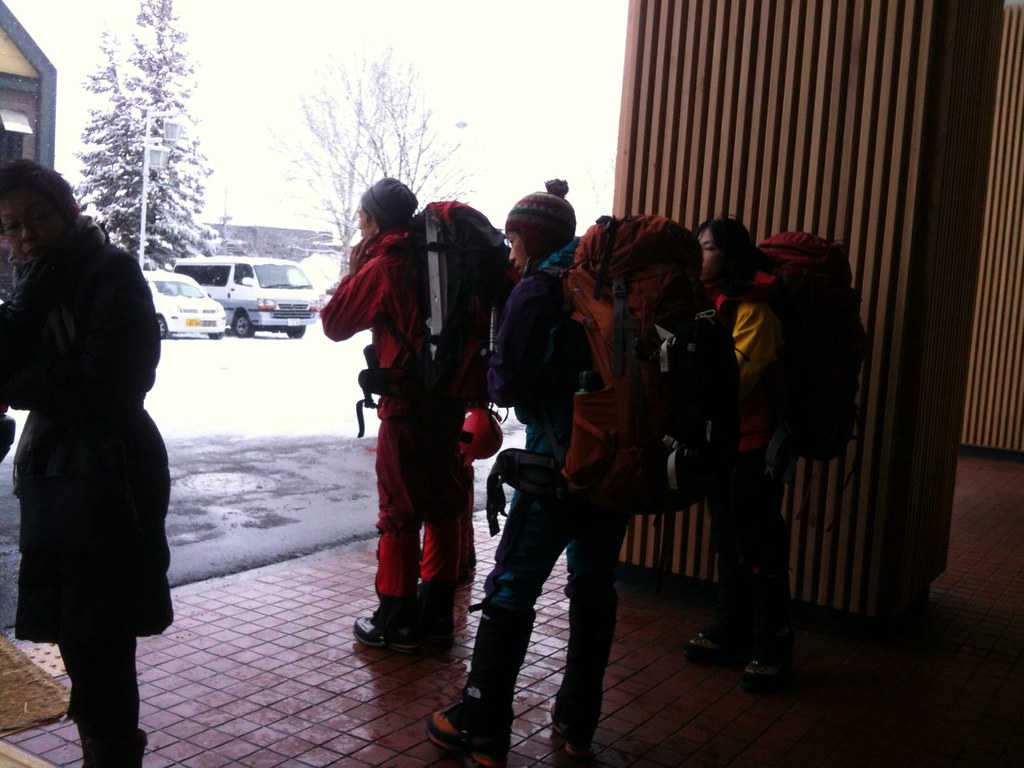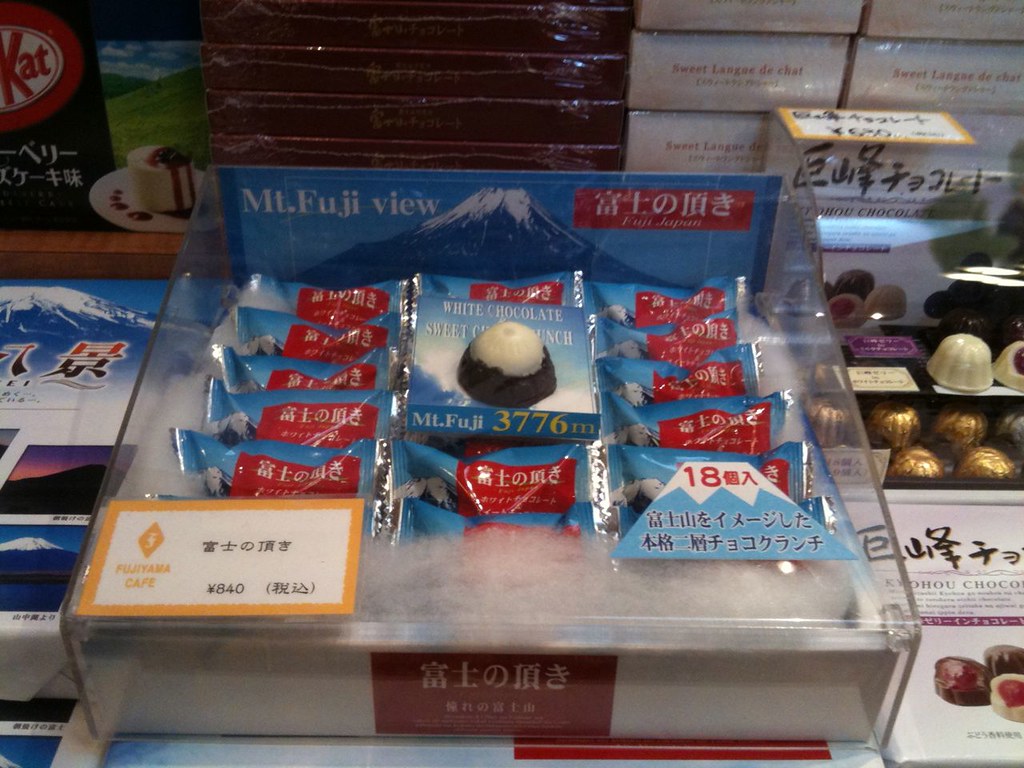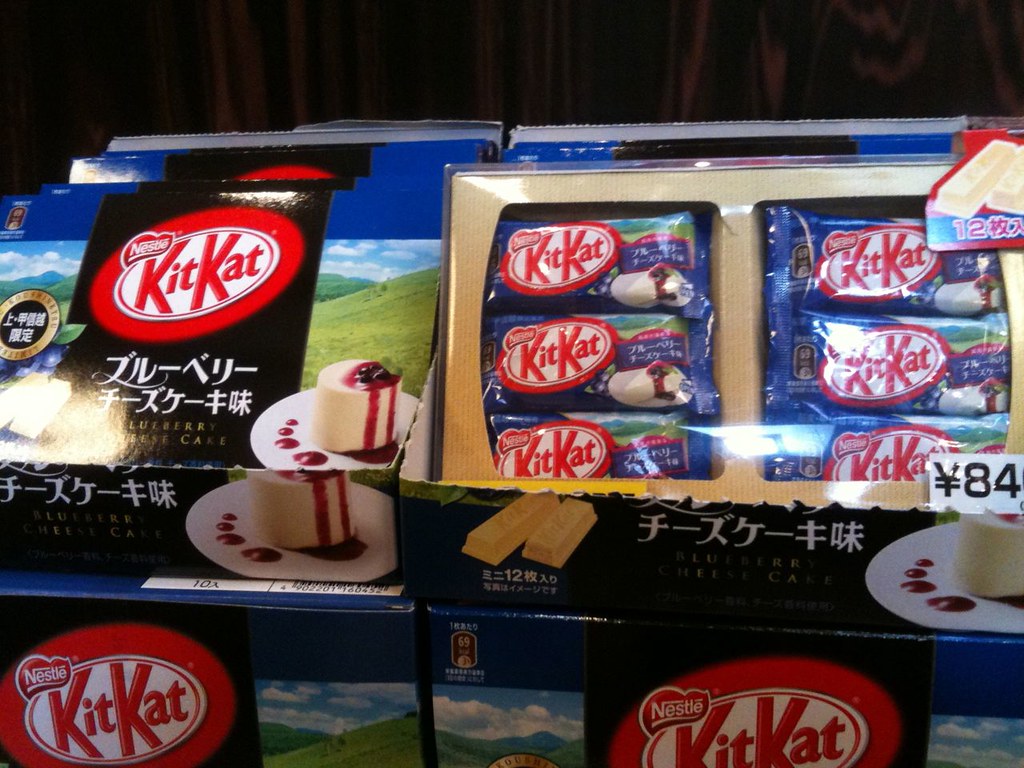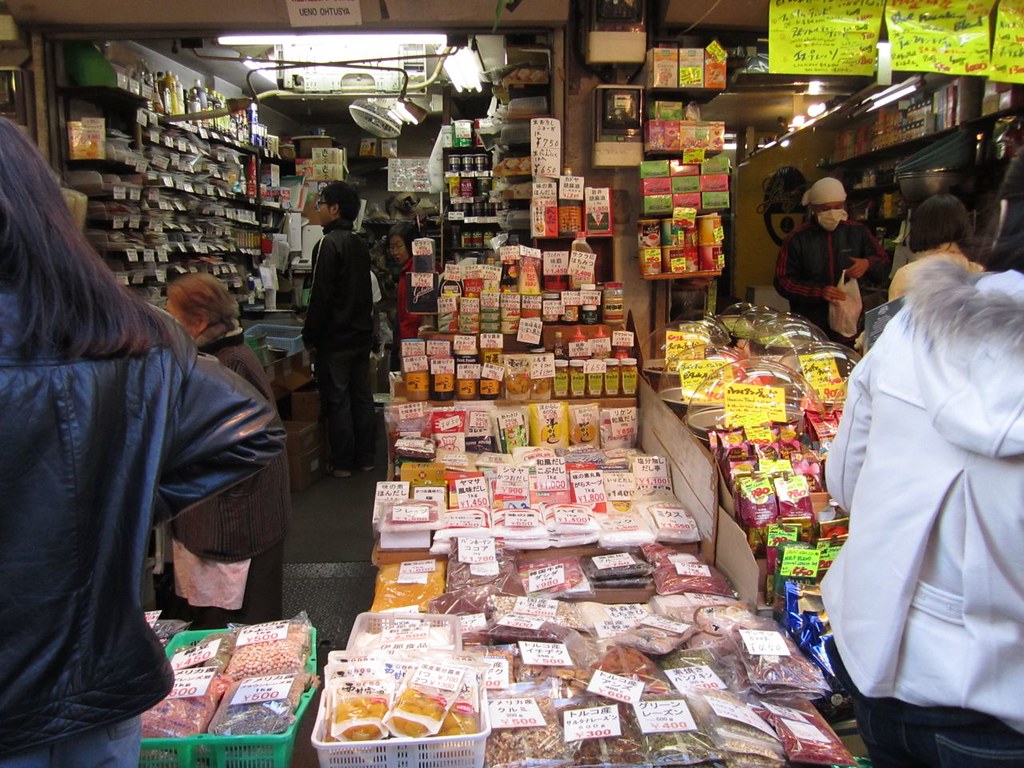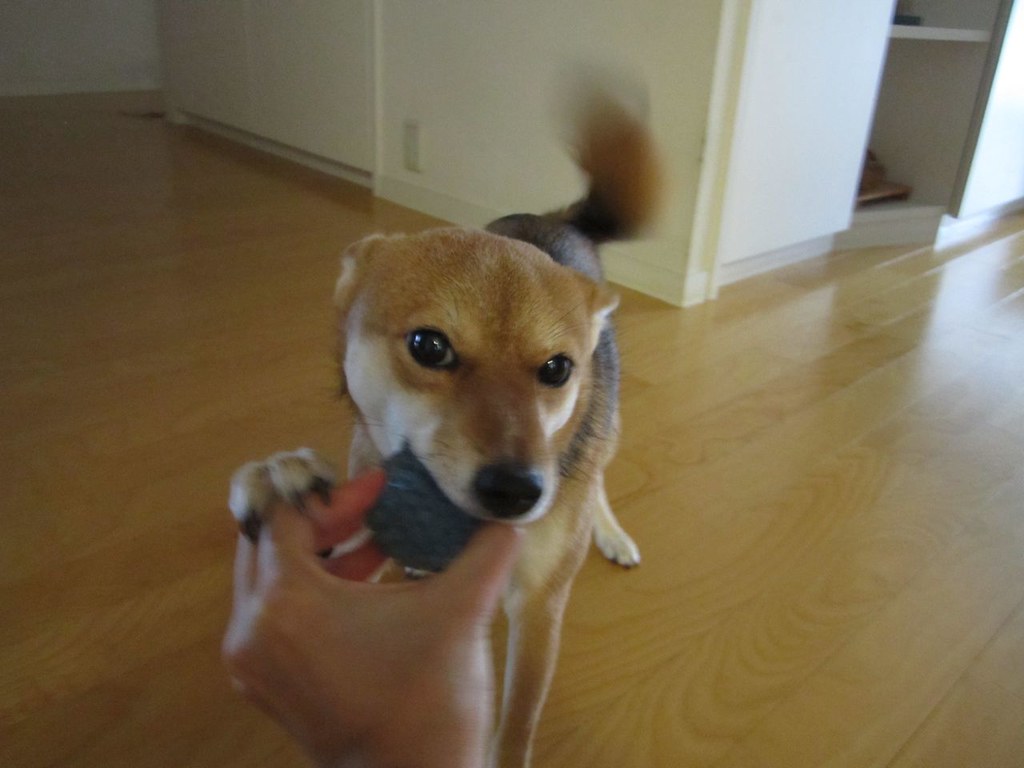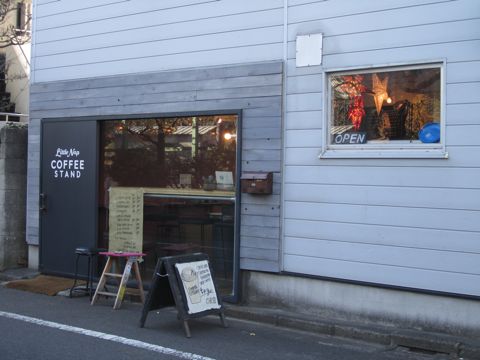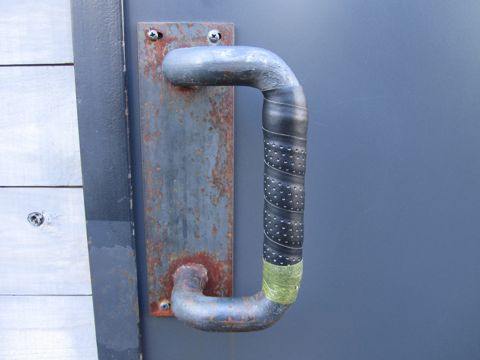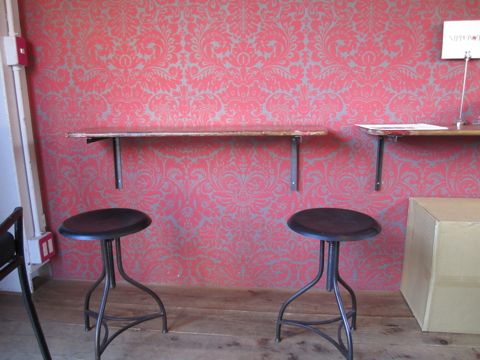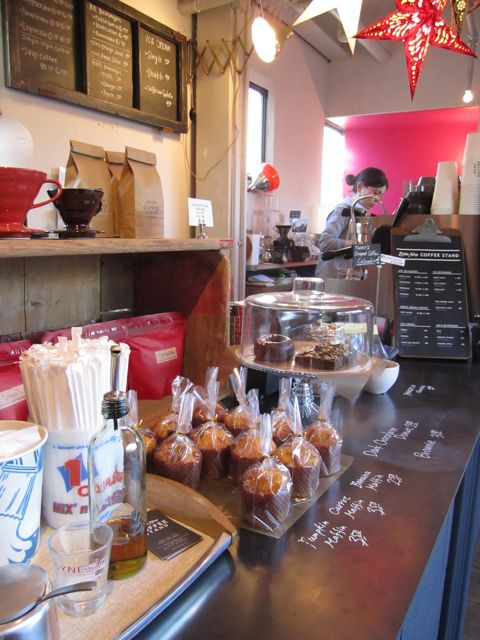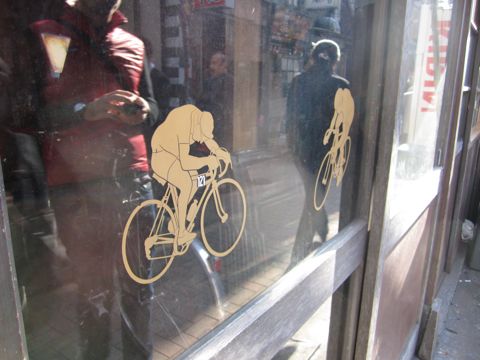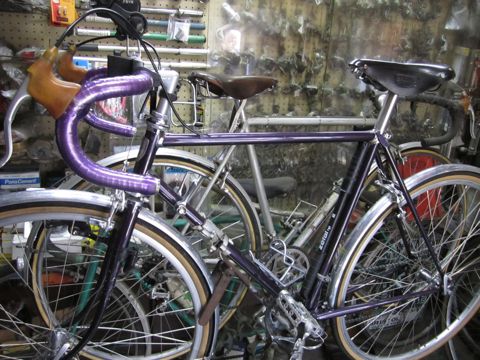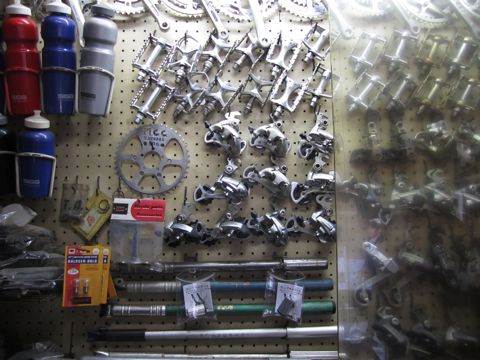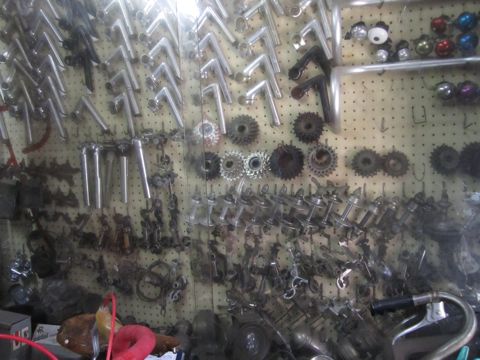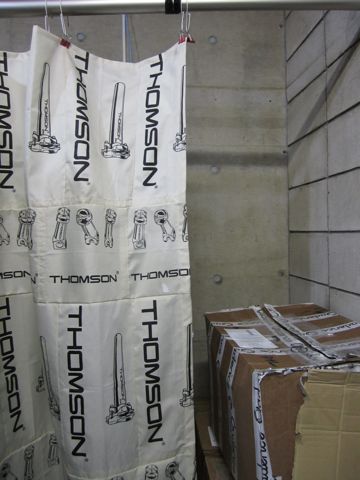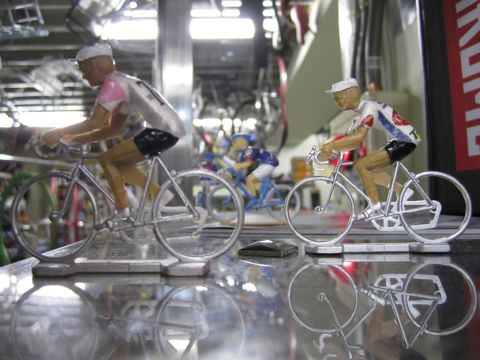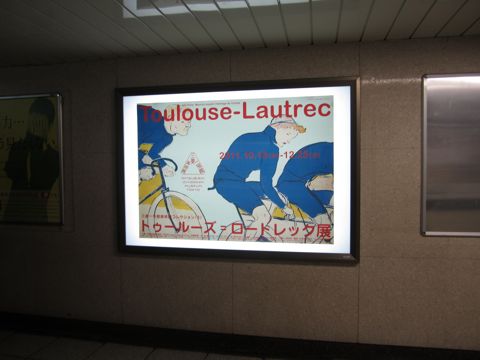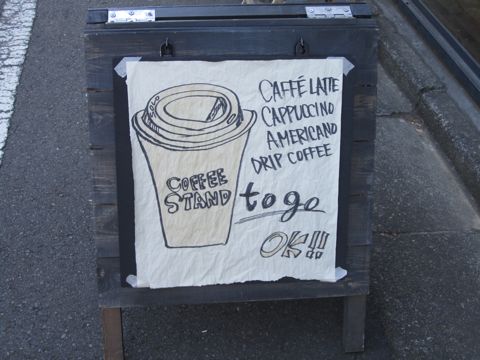One of my favorite books of all time is Bill Barich’s “Laughing in the Hills.” A memoir of time spent at the race track following the death of his mother, Barich recounts the experience of watching and playing the horses, layered against memories of more carefree times spent in Italy. Lorenzo de Medici mixes in amongst the colorful characters at the track as Barich plunges into a world ruled by the Form, bets and sleek, beautiful horses.
And as he struggles to define and obtain the experience he was searching for, Barich wrote:
“…I sat on the steps and thought about the Unknown and realized I was pushing at the track, still trying too hard. My disappointment came from expectations, from proposing a shape for the experience I was seeking and then feeling let down when the experience arrived in a shape other than the one I’d proposed.”
I thought of Barich as I stood yesterday looking for that elusive experience – one which I could fail, successfully, to expect – in the more unlikely of places: the Tachikawa Keirin track.
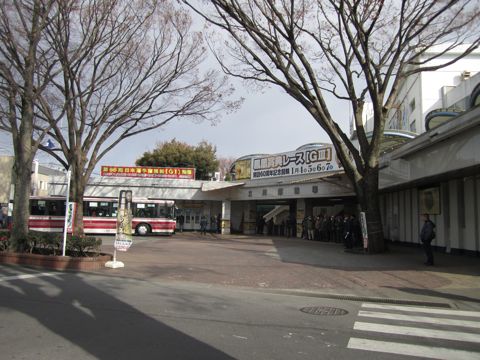
Though my nationality, adoration of a track bike, and the accessibility of keirin racing in Japan may indicate otherwise, I always felt hesitant about spectating at the keirin track. Legalized betting has turned the sport into a game of gambling populated by middle-aged men dressed in old windbreakers with weathered skin and cigarettes, a keirin sheet riddled with odds tucked under an arm. And though I was extrapolating the stereotype, I had seen enough of the pari-mutuel betting crowd [albeit of the horse-racing kind] in Japan to understand that dropping by the keirin track would be somewhat uncomfortable as a non-smoking, non-gambling woman under 50.
But with the recent popularity of track bikes in Tokyo, I told myself I was being silly. It couldn’t be that bad. And this fear based on mere assumptions was both stupid and a product of being unjustifiably judgmental. All traits I was trying to avoid in 2012.

So I caught a train early yesterday morning and headed towards the track. A glaring anomaly, I waited in line for a “special seat,” amongst middle-aged men gripping their red pens and keirin forms. Smoke got exhaled through stained teeth – sometimes gold-capped, other times missing entirely – between barking laughs, hawking spit, and loud conversations. I edged forward with the masculine crowd, gaining a few stunned looks, and glancing up at the screens displaying available seats, purchased a front row seat in the main stand. 500yen bought me a sun-soaked view of the start and finish complete with a desk, TV monitor, and a plastic stand for all my betting forms. Another 50yen gained me entrance into the track, and I was suddenly deep inside a world that is unlike any I’ve ever seen before.
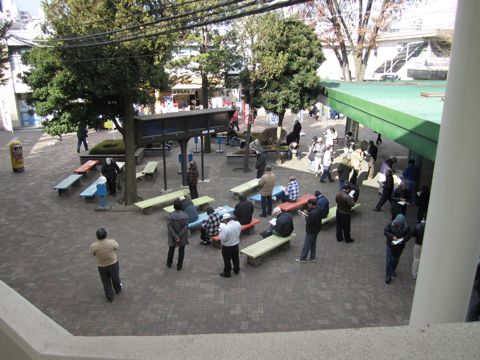
Inside, the courtyard was already busy with voices and eager eyes turned towards the multitude of TV screens displaying the odds for each rider in each race. The TV screens looked like colorful versions of arrival and departure displays seen at airports, but here they seemed to impart some foreign secrets to the floods of men gathering beneath them. Spectators stood at small counters, filling out betting forms that resembled lottery tickets. Finding a women’s room, I hurried into it, determined that I had to pee when in reality I only wanted to be in a place where vaginas were welcome [I did find, later, a “Women’s Only Room” with some cardboard riders and a pretty Look inside]. My relief proved premature as I saw the sign posted just inside the bathroom stall: “If you are a victim of your partner’s domestic violence…” As if playing up the stereotype, the sign urged me to slip the informational card into my bag before exiting the stall to return to my [surely] abusive significant other who will no doubt beat me after a bad day at the track. I decided to find my seat.
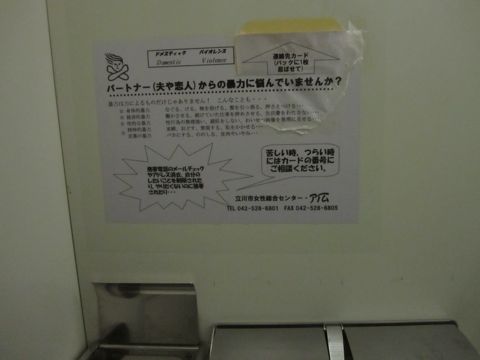
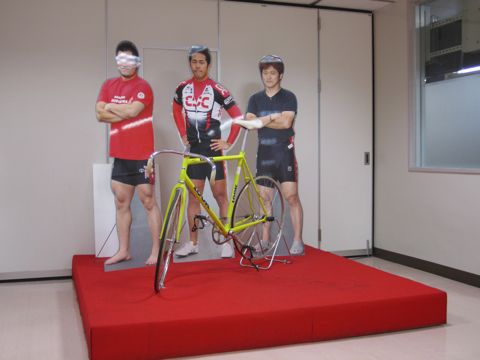
Though the sun was glaring enough to induce between-boob-sweat [I had a few layers on, okay?], my vantage point [main stand, second floor, non-smoking] couldn’t be beat. The track lay before me, a beautiful 400 meters around; banked just so and seemingly as smooth as butter. Nine riders emerged from the far side of the track, rode to the start and bowed before mounting gorgeous steel track bikes. They sprung free at the sound of a pistol and spun five laps around, each attack and sprint making everyone inhale in anticipation or exhale in disgust. Critical murmurs rippled through the room as men checked off odds, calculated trifectas, and prepared to place another bet.

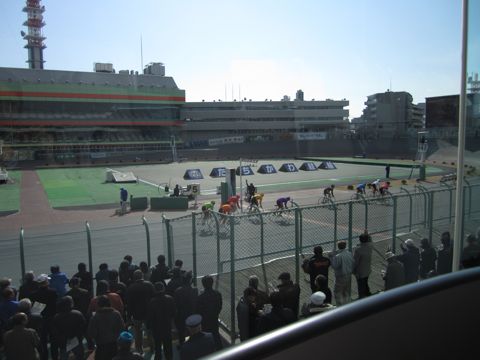
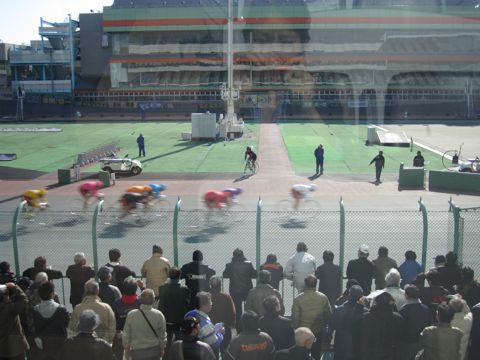
The heat and my sweat propelled me out of the main stand and into the general outdoor seating area. Hundreds of people weaved back and forth between TV screens and betting booths. Men sat on benches or nudged each other, pointing at odds, the ground littered with torn up betting slips. I wandered around the courtyard, between two long aisles of betting booths and the track, before parking myself by the start line. Two more minutes to place bets for the next race.
“Sakamoto, you got this one. Definite win!”
“Hey, win this one for us!”
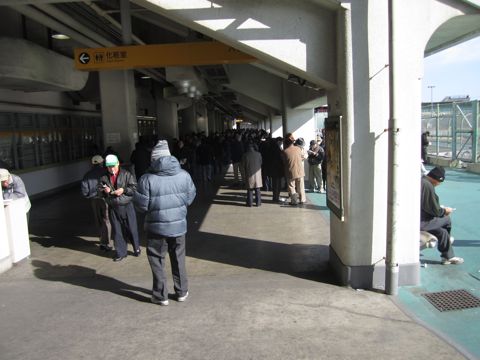
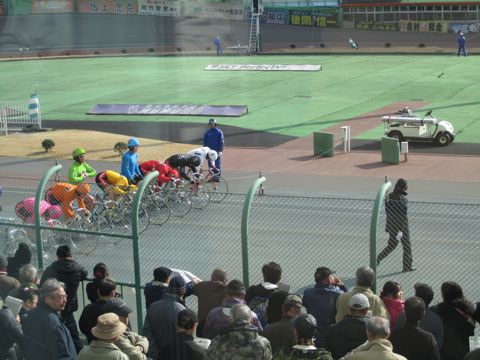
The shouting [which I had oddly expected in the enclosed main stand] was in full force near the track as riders lined up to take their places. The riders mutely stretched, taking deep breaths before gripping the drops. The pistol went off and they lurched forwards, paced by a man dressed in purple and yellow. The colorful jerseys fell into line for two laps before Sakamoto, an Olympic hopeful, dressed in black, attacked on the third lap.
Cries went up; shouts of disgust. The man in black couldn’t hold onto his lead and another rider powered up, squeezing out the power that he’d reserved for the last sprint. And as Sakamoto crossed the finish line in 5th or 6th place, the men around me began to jeer:
“You idiot!”
“Just quit! Quit!”
“The Olympics?! The only thing you have is that you’re young! BUT YOU’RE DUMB TOO.”
The riders mutely returned to the changing area as the new group of riders spun around the track, and the men called out in more honeyed tones:
“Hey hey, I need you to win this one.”
I couldn’t help but smile, thinking that between the smoothly silent bikes, the colorful jerseys, and my dropped expectations, perhaps I had found my perfect escape.
[More pictures here.]

